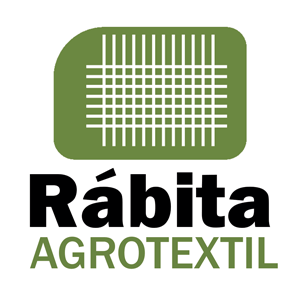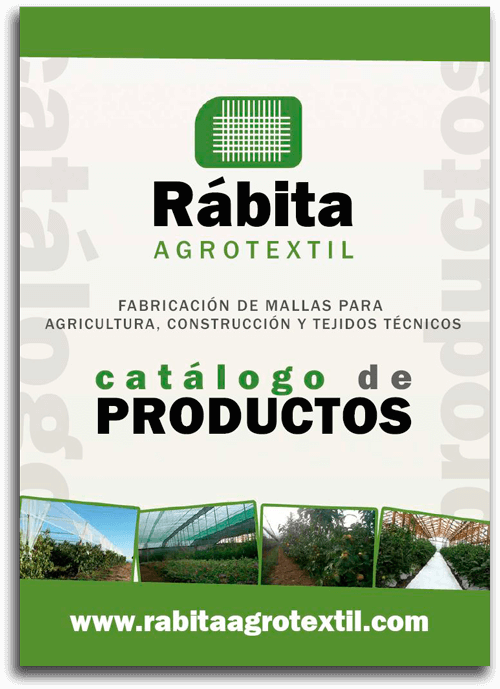Hail netting has become an essential product to increase profits in an increasingly competitive fruit growing world.
Climate change is generating more inclement weather, including hail storms, and this increases and aggravates the problems of sun exposure, making it necessary to use anti-hail nets to maintain the quality of the product.
Different properties depending on the color of the anti-hail netting
Photosynthetically active radiation (PAR) is intercepted by anti-hail nets, but the amount intercepted depends on factors such as the weave, color and structure of the assembly.
Black being the color that offers the most protection against (PAR), preceded by the following colors in this order: red, green, gray, crystal.
Another of the properties they offer is the air temperature, when dark colored or mixed meshes are used, the air temperature decreases due to the shading effect. On the other hand, when light-colored nets are used, there may be an increase in temperature in the upper part of the plantation, due to less air circulation and the low decrease in radiation produced by these nets.
The use of anti-hail netting also produces an increase in relative humidity, mainly due to the decrease in radiation and air circulation. Increases ranging from 5 to 55% have been observed, with the maximum differences occurring during the hours of highest radiation and temperature.
Effects on fruit quality
Anti-hail nets are an efficient technology to reduce sun damage and mechanical damage such as wind and hail damage. The percentage of sunlight observed under the meshes is related to the degree of shading of each mesh. It is estimated that there is a 40% to 65% reduction in sun damage compared to having no netting and a 60% to 100% reduction in severe sun damage (burn).
Which mesh should I choose
For the choice of the mesh in our area and taking into account that black meshes are the most durable, two fundamental aspects should be considered: susceptibility to sunlight and ease of coloring or color coverage of the plant material to be protected.
Therefore, dark anti-hail nets, which excessively reduce radiation levels in varieties with genetics that limit their color formation, will affect this parameter negatively, while they could be used in varieties with easy coloration or green coloration. On the other hand, clear meshes (glass, white), which increase diffuse radiation, favor the development of coloration and would be recommended for varieties or situations that are not favorable for color development.



